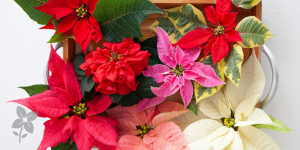
It’s time to make garden tool care and maintenance part of your yearly gardening routine! Why? If you fail to take proper care of your garden tools, they won’t work as well, and you run the risk of spreading bacteria and disease through your plants. Follow these three tips for garden tool care and maintenance to ensure your tools and your plants stay in great shape for years to come!
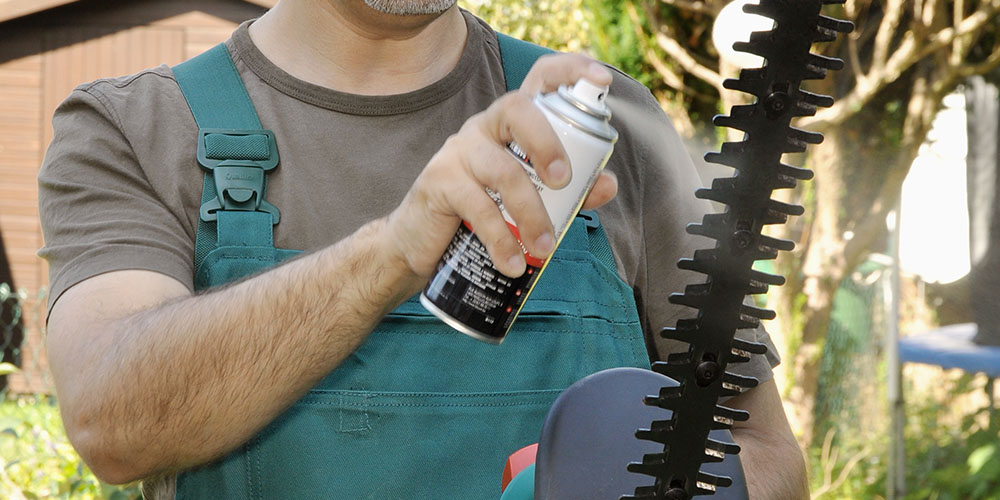
Tip 1: Make Cleaning and Oiling a Regular Part of Garden Tool Care
Thoroughly sanitizing your tools helps stop the spread of fungal infections and plant viruses like verticillium wilt. It will also be easier to clean them using sanitizer instead of waiting until spring after the dirt and debris have caked on all winter. Oiling your pruners and hinged tools will help them operate more smoothly. If there’s resistance and you’re struggling to make clean cuts, you could injure your plants.
How to Clean Garden Tools for Winter
A clean rag and isopropyl alcohol will help you get in all the crevices. You can clean hard-to-reach places by disassembling and reassembling your pruners or other garden tools. If you spot any rust on the blades, soak your tools overnight in a solution of one-part water and one-part vinegar. In the morning, scrub the blades with steel wool until they are rust-free.
What Oil is Best for Garden Tools?
Linseed oil is an excellent oil for gardening tools. It’s nice and light””unlike WD40, which gets thick, gummy, and messy fast. Plus, linseed oil also serves pleasantly on wood, so if you have wood handles on any of your tools, you can polish them with linseed oil, and they’ll look brand new!
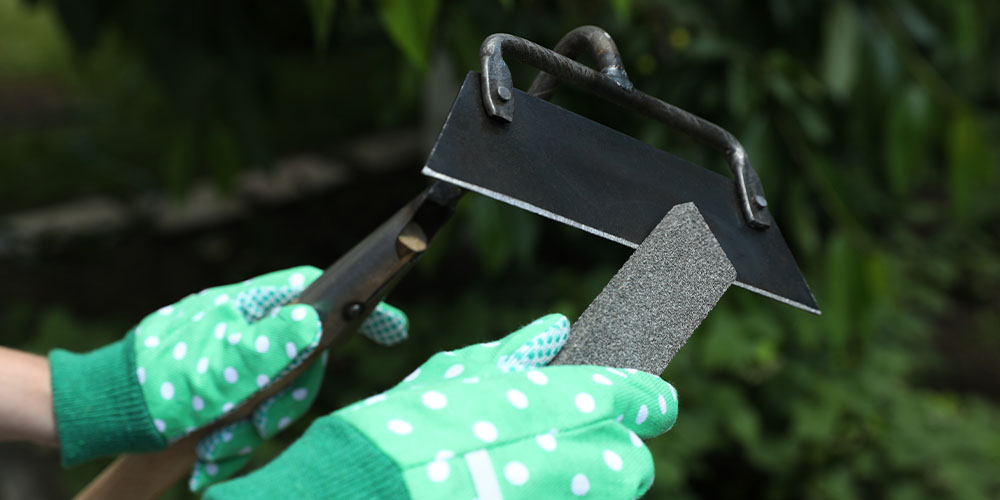
Tip 2: Keep Your Garden Tools Sharp
Dull shears won’t make clean cuts, so regular sharpening is a must. It’s important to sharpen them properly, or you risk damaging the blade or losing the sharp edge altogether.
How to Sharpen Garden Tools
Ensure the following before sharpening your garden tools:
- Make sure you’ve sanitized them.
- Identify which side of the blade has a bevelled edge.
- Remember that some garden tools, such as anvil pruners, have a bevelled double-edge on both sides of the blade, so you’ll need to sharpen both sides.
The proper technique for sharpening garden tools is running the file repeatedly in one direction“”not back and forth. Pressure the outside edge of the blade, run it across, lift and repeat until the edge is shiny. Shine equals sharp!
Avoid oversharpening, as there is no need for your blades to be razor-sharp. Once this is done, reassemble your tools and make sure they’re in working order, with no gaps between the blades. If you feel resistance or tightness, loosen the bolts slightly.
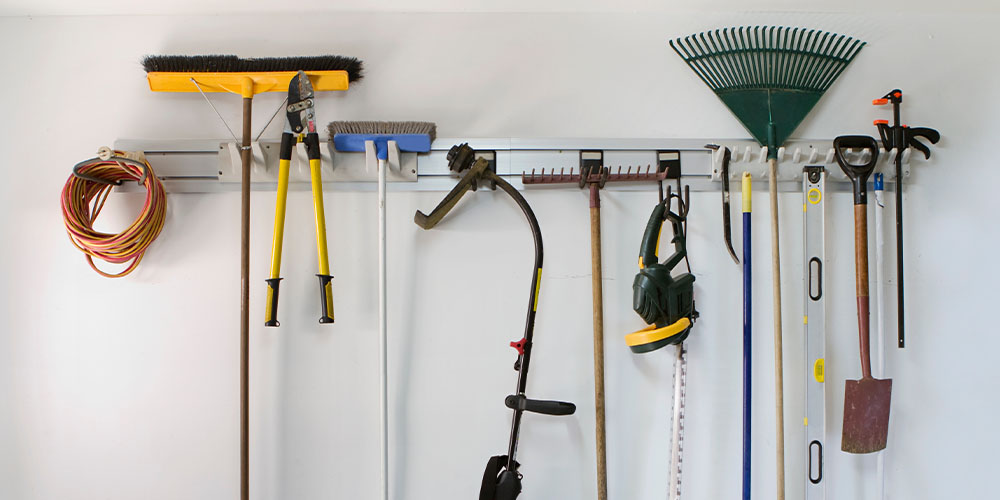
Tip 3: Properly Store Your Garden Tools
Safely storing your tools is an essential part of maintenance, too. During the winter, melting snow can leak into your garage, damaging your tools if they are on the floor or in a cardboard box. You also don’t want to leave your tools around for safety reasons. The experience of getting hit in the face with a rake is anything but pleasant!
Hanging your tools on nails or hooks on the wall is the ideal way to store garden tools for the winter. Space them apart to allow for air circulation.
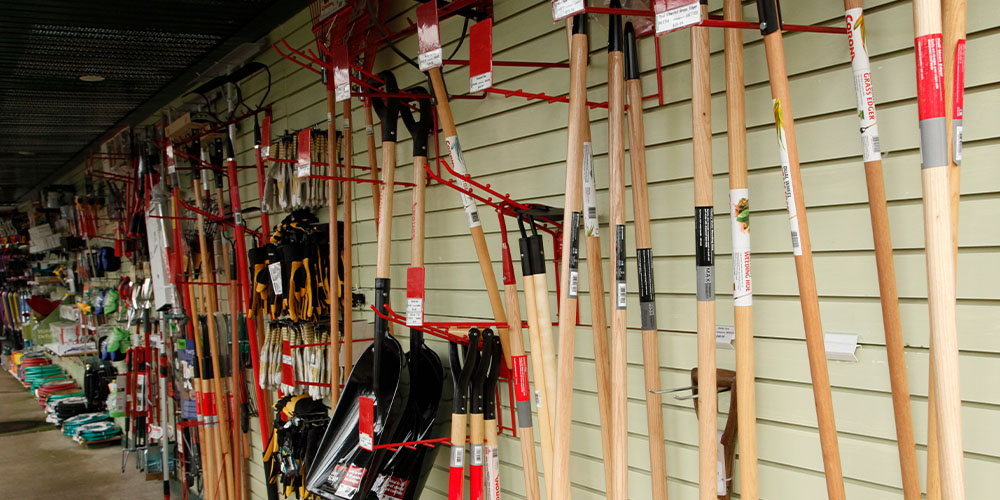
The Salisbury Greenhouse team are experts in garden tool care in Alberta, so you’re always welcome to pop in and ask us for pointers! Visit us in Sherwood Park or St. Albert today!



